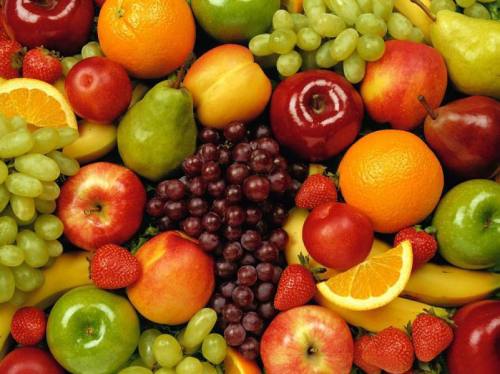Science has proven that antioxidants are beneficial to our health.
One of the most prominent dietary antioxidants, Quercetin, is a
flavonoid found in fruits, vegetables, tea, wine and many supplements.
Quercetin is also an anti-inflammatory. Unfortunately, it is not
possible to get sufficient antioxidants from diet alone because you
cannot physically eat a sufficient amount of vegetables and fruits in a
given day. On the positive side, supplements are available.
Quercetin promotes the thermogenic processes which increase your
metabolism. This will increase your energy level without the unwanted
effects of caffeine or other stimulants. Quercetin helps your body burn
excess carbohydrates and fat, while providing antioxidant support for
your body’s needs.
Quercetin is a Free Radical scavenger helping to reduce oxidation
within cells in order to fight off the damaging effects of these
unstable molecules. As unstable free radicals move throughout the body
they are able to bond to healthy/stable molecules in healthy cells. Once
in the cells these free radicals damage cell membranes, chromosomes,
and enzymes. This damaging of the cells will affect the rate of aging by
accelerating the aging processes. Free radicals weaken the immune
system, reducing the body’s ability to fight off infection from germs
and viruses. A weakened immune system cannot fight off the effects of
stress or overwork. Quercetin works to rid the body of these harmful
unstable molecules, helping to prevent and repair the damage caused.
If Quercetin is this good how do I get it into me?
Wikipedia
offered the following: “Foods containing Quercetin, presented in
milligrams per 100 grams of edible portion (shown as numerals in
parentheses),[5] include brewed, black or green tea (Camellia sinensis;
about 2), Red Delicious apples (4), cow peas (11), sweet potato (10),
kale (23), watercress (30), red onion (32; higher concentrations of
quercetin occur in the outermost rings and in the part closest to the
root, the latter being the part of the plant with the highest
concentration),[6] broccoli (3), black plums (12) and a number of
berries, including cultivated blueberry (8), bilberry (3), lingonberry
(13), cranberry (15), chokeberry (19), rowanberry (7), sea buckthorn
berry (8), crowberry (5) and the fruit of the prickly pear cactus (5). A
recent study found that organically grown tomatoes had 79% more
Quercetin than “conventionally grown.”[7]
So whether you are looking to lose weight, or just feel better with
increased energy and alertness, Quercetin is a natural ingredient shown
to be a healthy addition to your everyday diet.
I am a professional ICT personnel, Chief System Analyst, blogger, Managing Director/Chief Executive Officer at Gatmond Internationals inc. and Country Director at Wake Up For Your Right Internationals USA (Nigeria Branch).
Subscribe to:
Post Comments (Atom)
AUTOMATIC RANKING OF TERTIARY INSTITUTIONS IN DEVELOPING NATIONS (A CASE STUDY OF NIGERIA UNIVERSITIES)
University ranking has become increasingly important in recent years among the general public at large because it creates a public platform...
-
SEO & Google AdWords Certified Freelance Consultant in Connecticut 860.633.6578 Professional SEO Services , Google AdWords S...
-
Healthy Energy drinks are generally consumed for various reasons. It could be before or after a strenuous workout regime , when you are cr...


No comments:
Post a Comment